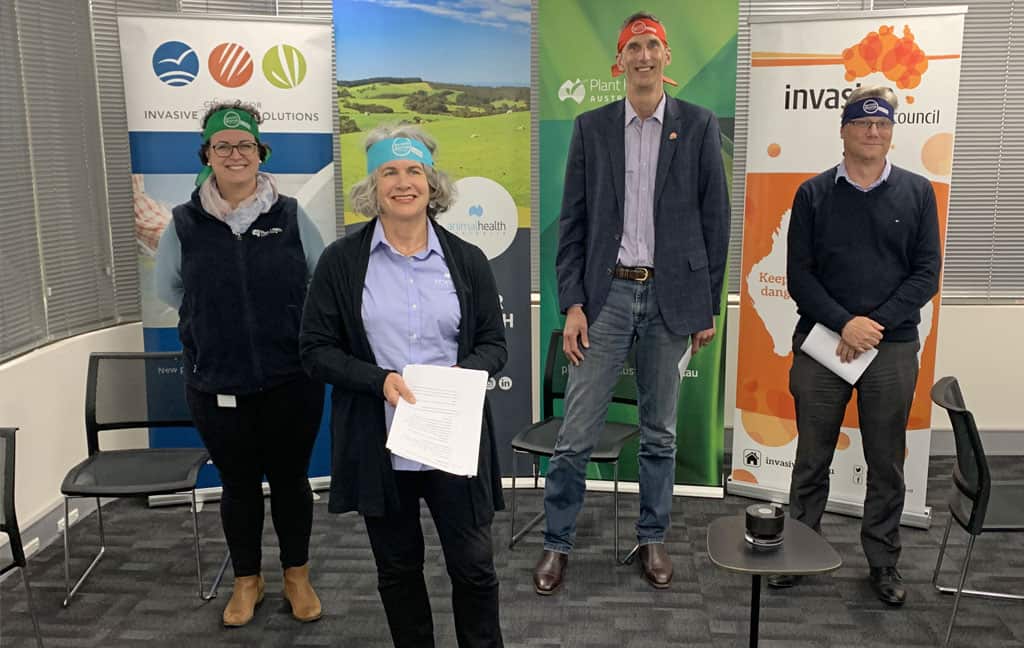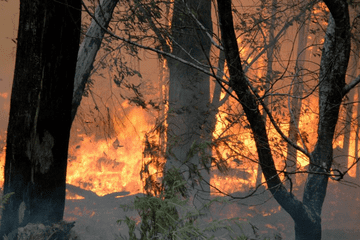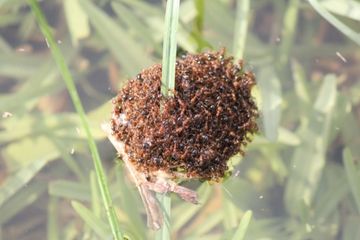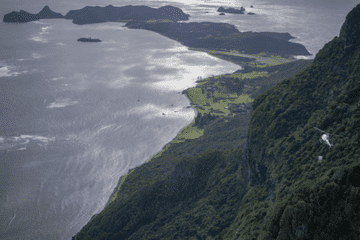There’s a federal election slated for May this year, and we have one word at the top of our priority list.
Biosecurity – the actions and measures we put in place to stop new invasive species arriving in Australia and limit the harm caused by established invaders
As an island nation, Australia has become home to a trove of unique wildlife. But that unique wildlife has also proved highly susceptible to biological invasions.
Three Australian animals have gone extinct since 2009, and a further two have been lost from the wild. Four of those five were the fault of invasive species.
Business as usual is not an option. And if the pandemic has taught us anything, it’s that prevention is far easier than eradication.
That’s why biosecurity that focuses on prevention and early action is at the top of our ticket for the federal election in May.

Biosecurity 2030
The Invasive Species Council, alongside major national industry, environmental and NRM groups, has called for 2021-2030 to be declared the Decade of Biodiversity.
This decade needs a stronger biosecurity system, guided by a national biosecurity strategy.
The strategy needs to bring all Australians to the table, establish sustainable long-term funding mechanisms and put biosecurity that protects the environment on an equal footing with other important areas such as agriculture.
The Invasive Species Council has been driving support for the Decade of Biosecurity and is convening a working group of government, industry and community players to plan its launch and design a program of activities.
We have also been contributing to the national biosecurity strategy as part of a small reference group. Public comments on the draft strategy close on 18 March and the strategy will be finalised at the end of March.

The 2nd Australian Biosecurity Symposium
But the success of our biosecurity system cannot be achieved by our governments alone.
That’s why the Invasive Species Council partnered with Animal Health Australia, the Centre for Invasive Species Solutions and Plant Health Australia to run the first ever Australian Biosecurity Symposium in 2019.
Now, in 2022, the second Australian Biosecurity Symposium will finally go ahead.
Between 3-5 May, the Gold Coast event will focus on enhancing the biosecurity system, supporting science and innovation and building a mass-movement. It will be MC’d by Costa Georgiadis with keynote presentations from Dr Norman Swan, Dr Anika Molesworth and Ms Kirsten Rose.
Early bird registrations are available up to 31 March and a detailed program will be available from 21 March.
The road ahead
If we are to ever solve Australia’s biosecurity problem, it will be through coordinated efforts that stretch across environmental, political, agricultural, healthcare, social and cultural lines.
It is for that reason we implore the next Australian government, whoever they may be, to make biosecurity a top priority.




